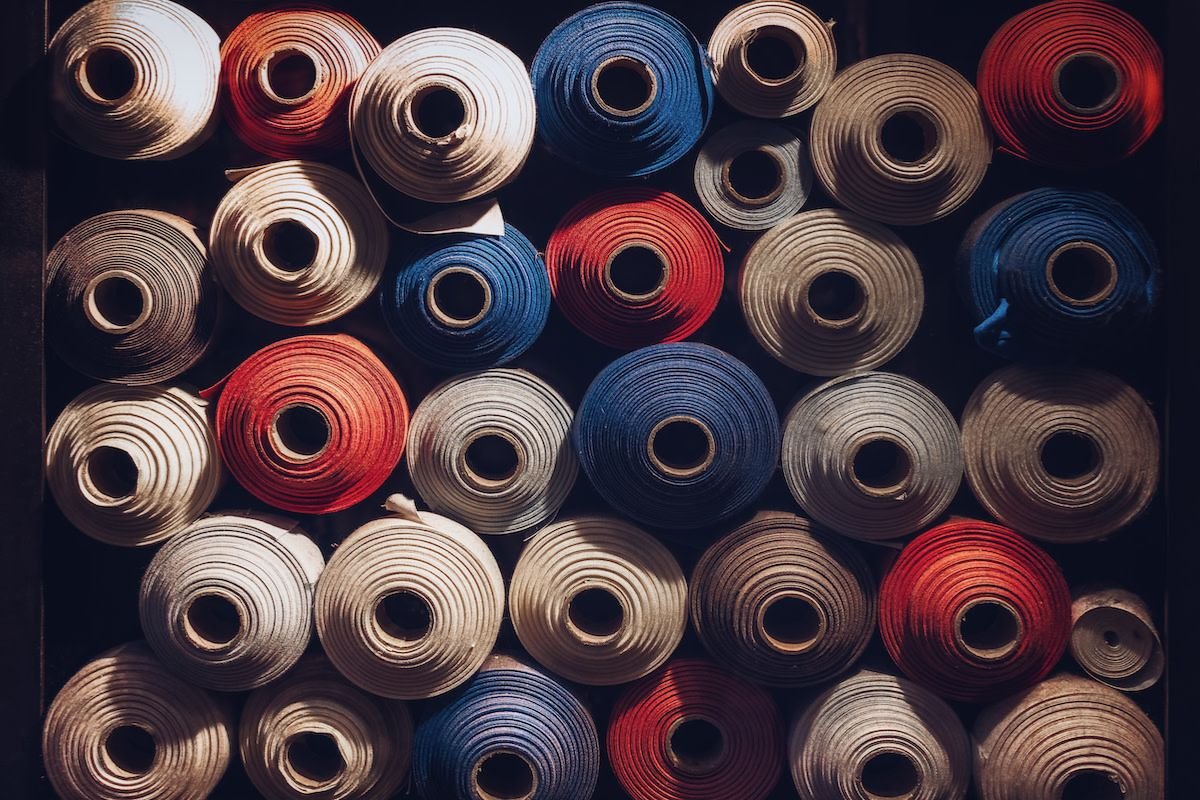Clothes are a symbol of personality, nature, personal preferences, and style. They bring a significant change to an individual’s appearance, and the choice of clothing material plays a crucial role in this transformation. Different types of clothes materials determine comfort, durability, and personal style. With a vast range of clothing materials available in the market, each fabric has its unique charm, characteristics, benefits, and ideal uses.
In this guide, we have compiled a list of various clothing materials along with an in-depth understanding of their properties. This will help you choose the perfect fabric that complements your body and enhances your overall look.
Understanding 4 Different Types of Clothes Materials
- Natural Fabrics
- Synthetic Fabrics
- Blended Fabrics
- Eco-Friendly or Sustainable Fabrics
1. Natural Fabrics
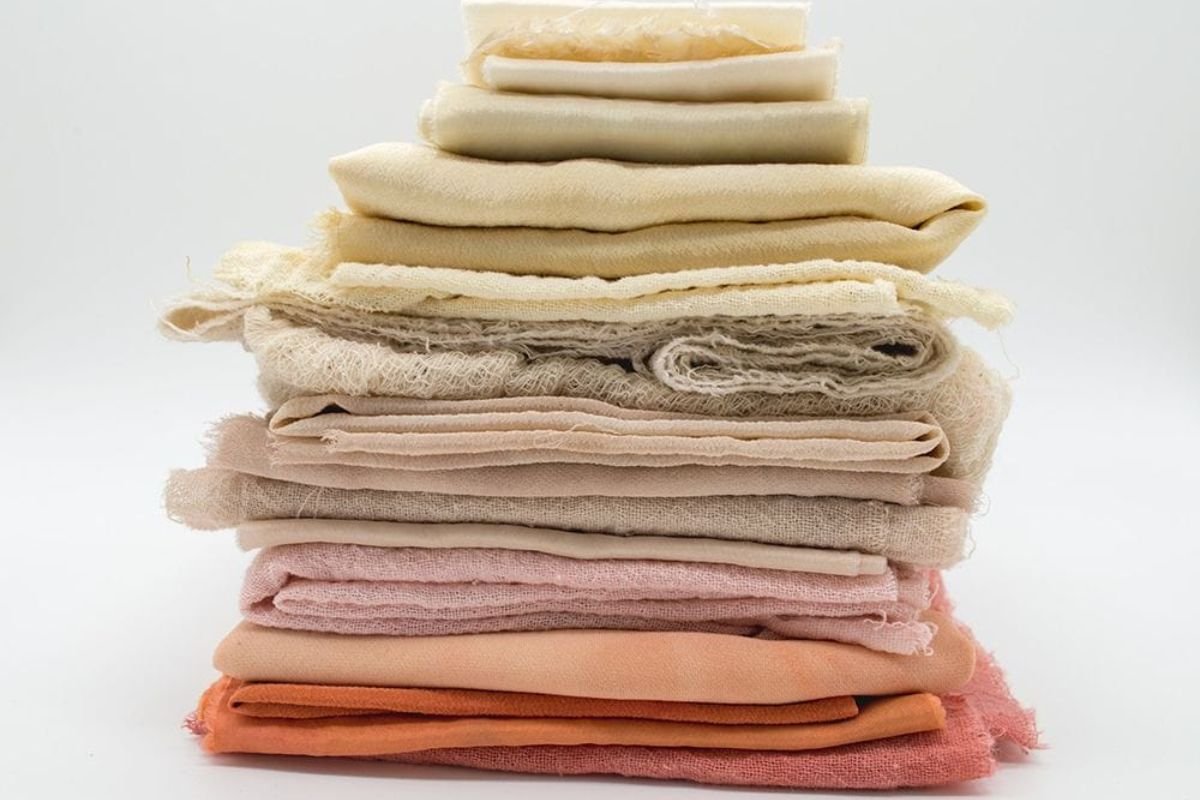
Natural fabrics are derived from plant, animal, or mineral sources, making them eco-friendly, breathable, and biodegradable. These fabrics are known for their comfort, durability, and versatility in fashion and home textiles.
- Cotton: Sourced from cotton plant fibers, cotton is soft, breathable, and highly absorbent, making it ideal for casual wear, bed linens, and undergarments. It is widely used due to its comfort and durability.
- Linen: Extracted from flax plant fibers, linen is lightweight, breathable, and durable. It is perfect for summer clothing, tablecloths, and suits due to its cooling properties.
- Silk: Produced by silkworms, silk is smooth, luxurious, and lightweight, commonly used in elegant dresses, scarves, and lingerie.
- Wool: Sourced from sheep and other animals, wool is warm, soft, and moisture-wicking, making it perfect for winter clothing, sweaters, and blankets.
- Hemp: Extracted from hemp plant fibers, this fabric is strong, durable, and eco-friendly. It is widely used in sustainable fashion, bags, and home textiles.
2. Synthetic Fabrics
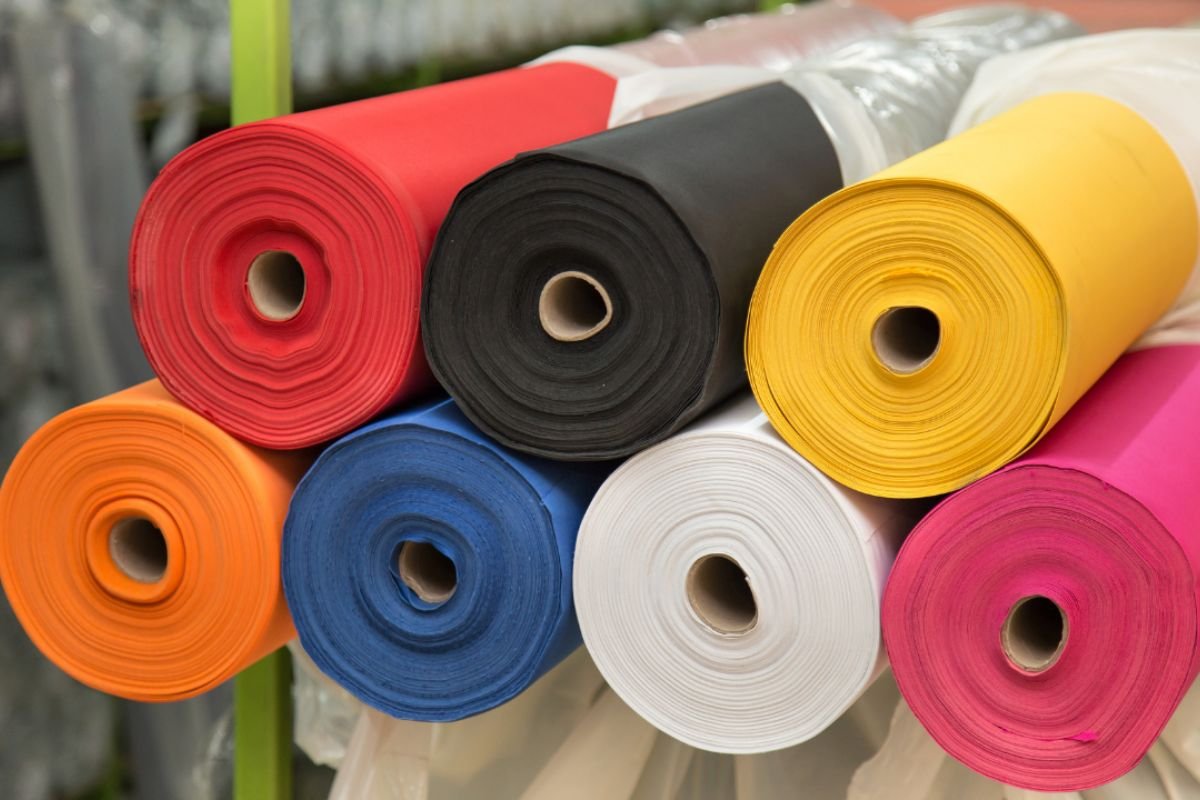
Synthetic fabrics are man-made textiles designed to enhance durability, stretch, and water resistance. Often blended with natural fibers, these fabrics are cost-effective and versatile in various industries, including fashion, sportswear, and home furnishings.
- Polyester: Known for its strength, wrinkle resistance, and quick-drying properties, polyester is widely used in activewear, jackets, and upholstery. It is durable and low-maintenance.
- Nylon: This lightweight and water-resistant fabric is commonly found in sportswear, swimwear, and outerwear. Its high elasticity and durability make it ideal for active lifestyles.
- Acrylic: Often used as an alternative to wool, acrylic fabric is soft, warm, and lightweight, making it perfect for sweaters, blankets, and winter accessories.
- Rayon: A semi-synthetic fabric with a soft, breathable feel, rayon drapes beautifully and is commonly used in dresses, blouses, and upholstery.
- Spandex (Lycra/Elastane): Recognized for its extreme stretch and flexibility, spandex is ideal for sportswear, leggings, and undergarments, providing comfort and movement support.
3. Blended Fabrics
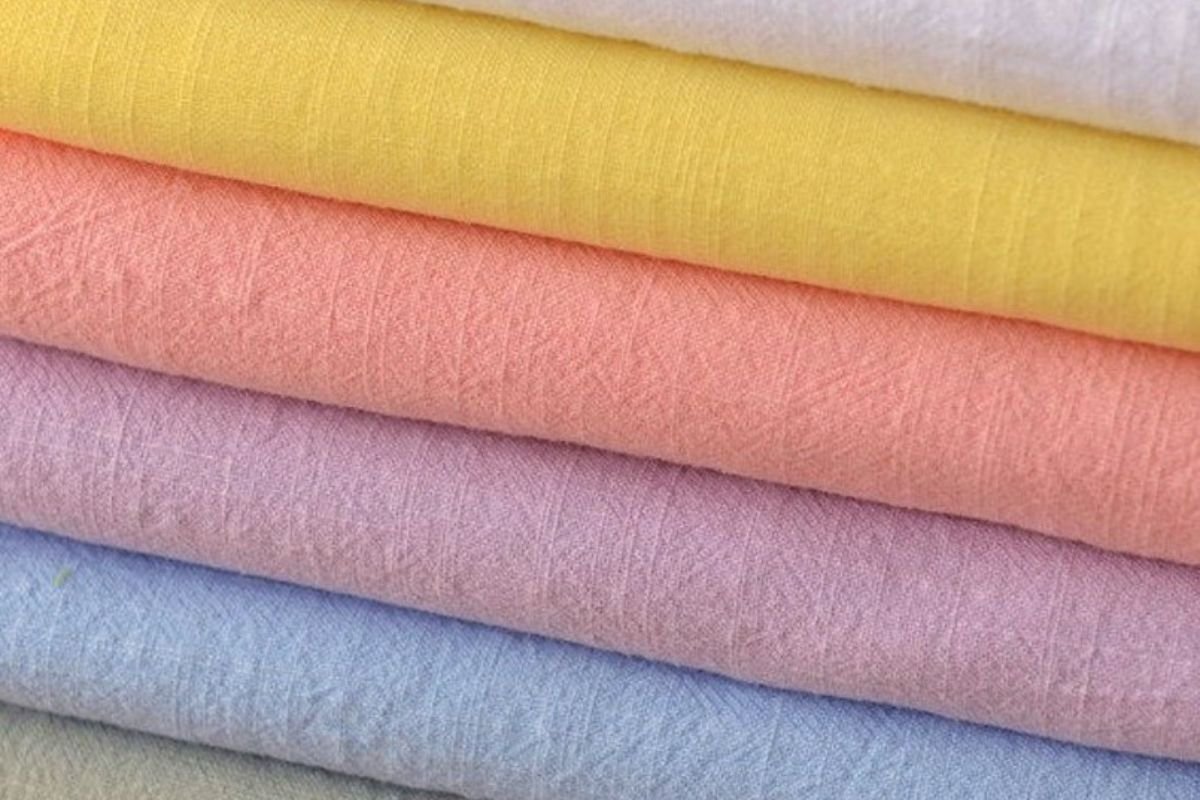
Blended fabrics combine natural and synthetic fibers to create textiles that balance durability, comfort, and affordability. These blends enhance functionality and provide better performance for various clothing needs.
- Cotton-Polyester Blend: Combining the softness and breathability of cotton with polyester’s wrinkle resistance, this blend is widely used for t-shirts, workwear, and bed sheets. It is durable and easy to maintain.
- Wool-Polyester Blend: Offering warmth and lightweight durability, this blend is commonly found in suits, jackets, and winter apparel. It maintains the warmth of wool while reducing shrinkage and improving longevity.
- Silk-Cotton Blend: A luxurious blend that combines silk’s softness with cotton’s breathability, this fabric is commonly used in high-end fashion, bedding, and home textiles, offering elegance and comfort.
4. Eco-Friendly and Sustainable Fabrics
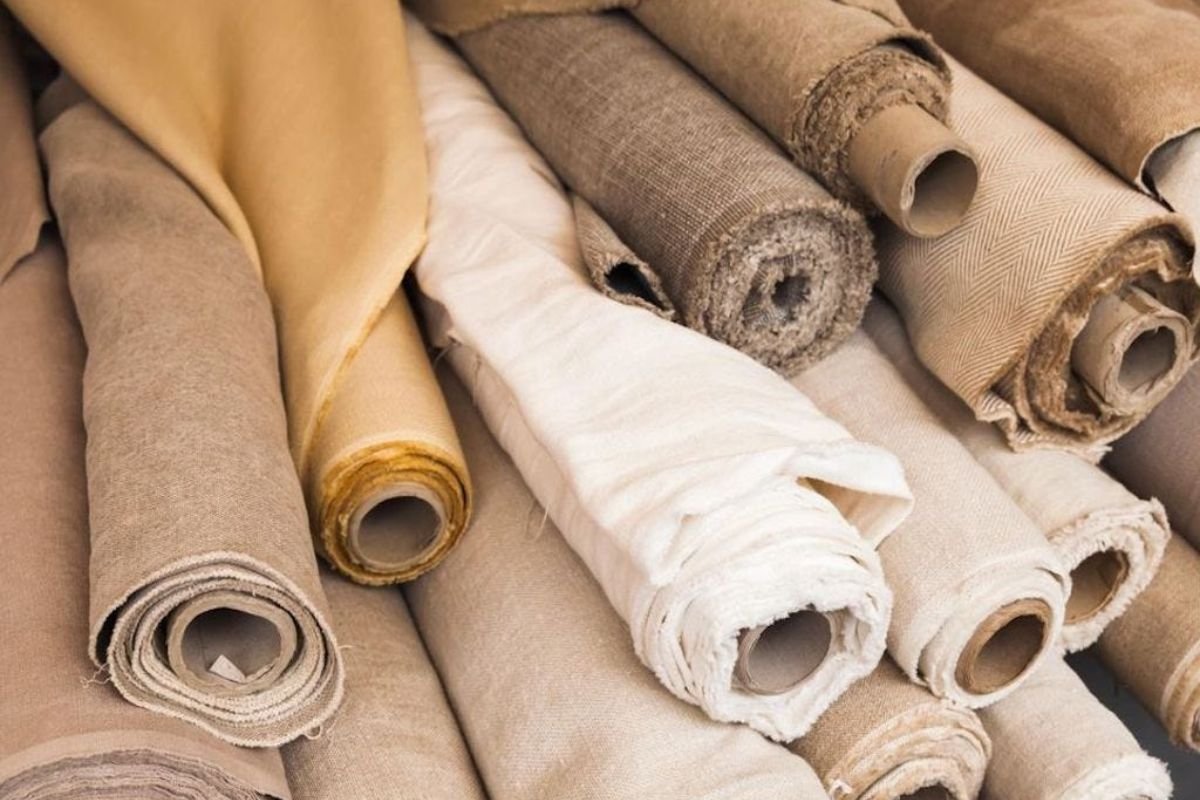
With the rise of sustainable fashion, eco-friendly fabrics have gained popularity due to their lower environmental impact. These fabrics are biodegradable, responsibly sourced, and designed for durability.
- Bamboo Fabric: Soft, breathable, and naturally antibacterial, bamboo fabric is a sustainable choice commonly used in baby clothes, activewear, and bedsheets. It wicks moisture effectively and is gentle on sensitive skin.
- Tencel (Lyocell): A highly sustainable fabric made from wood pulp, Tencel is moisture-wicking, silky, and eco-friendly. It is widely used in casual wear, bedding, and athletic apparel.
- Recycled Fabrics: Made from repurposed materials, such as recycled polyester or cotton, these fabrics reduce waste and support eco-friendly fashion. They are commonly found in sportswear, accessories, and outerwear, promoting sustainability in the industry.
Final Thoughts
In conclusion, understanding the different types of clothes materials helps in making better decisions on choosing the fabric of your choice, comfort, and fashion sense. Whether you prefer natural, synthetic, blended, or eco-friendly fabrics, knowing their properties and uses will ensure you select the right material. Choosing the right fabrics, significantly boost your overall look, personality, and confidence.
FAQs
What is the best fabric for everyday wear?
The best fabric for everyday wear depends on comfort, durability, and breathability. Cotton is a popular choice as it is soft, breathable, and absorbs moisture well. Blended fabrics like cotton polyester provide additional wrinkle resistance and durability, making them ideal for daily use.
Which fabric is best for summer and winter clothing?
For summer, lightweight and breathable fabrics like linen, cotton, and bamboo are ideal as they allow air circulation and wick moisture away. For winter, wool, fleece, and acrylic provide warmth and insulation, making them perfect for cold weather.
What are the most eco-friendly clothing materials?
Eco-friendly fabrics include bamboo, hemp, organic cotton, and Tencel (Lyocell). These fabrics are biodegradable, sustainably sourced, and have a lower environmental impact compared to synthetic materials like polyester and nylon.

